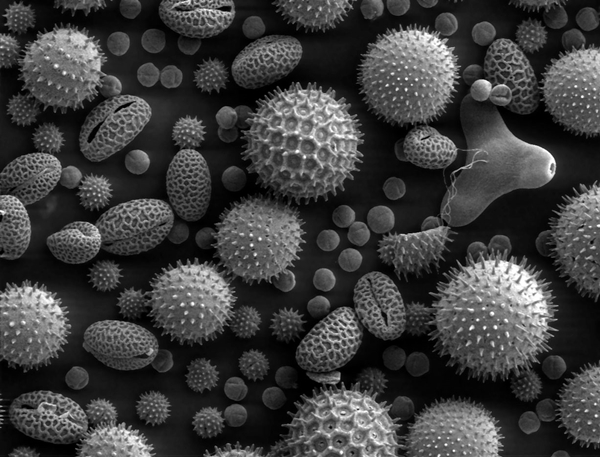6 March 2017. A system designed to sample the air in homes of people with allergies found a number of airborne allergens in residences that previously went undetected by other devices. The founders of Inspirotec LLC, based in Chicago, reported on test results of the company’s exhale system in a session on Sunday, 5 March at the annual meeting in Atlanta of the American Academy of Allergy, Asthma, & Immunology.
The presentation, by Inspirotec founders Prasanthi Ghandi and Julian Gordon, and Paul Detjen, a Chicago allergist, describes a test of the company’s system with individuals having asthma and hay fever. Asthma is a chronic condition where the airways become inflamed and narrow, causing people to experience wheezing, shortness of breath, tightness in the chest, and coughing for periods of time. Centers for Disease Control and Prevention estimates that in 2010 some 18.7 million adults had asthma, along with 7 million children.
Hay fever, also called seasonal allergic rhinitis, causes symptoms similar to the common cold: runny nose, itchy eyes, congestion, sneezing and sinus pressure. While the common cold is usually caused by a virus, hay fever is an allergic reaction to pollen, dust mites, pet dander, and other allergens found indoors and outdoors.
Inspirotec’s exhale system samples air in homes for allergens that the company says is superior to current methods that analyze dust from the environment as a surrogate for the air actually breathed by people with allergies. The device plugs into a standard wall outlet and runs for 5 days. It uses electrostatic particle technology to sample the air at a rate the company says is 8 times faster than normal breathing. Electric currents capture biological matter, including mites, hair, pollen, fungi, bacteria, and viruses.
Users of the system then send the device back to Inspirotec, and answer a questionnaire about personal health and their environment. Inspirotec uses laser-based analytical techniques to quantify allergens in homes where the device was run, which the company reports to the user in a personal profile, as well as compared to similar individuals with allergies or to previous samples.
At the Atlanta meeting, the Inspirotec team reported on results from 92 individuals served by 5 allergists in or near Chicago. The 92 participants ran the exhale devices in their bedrooms for 5 days, which provided samples that the company analyzed for 12 common household allergens such as from dust mites, dogs, cats, mice, mold, cockroaches, and pollen. Participants also completed health and environment surveys.
The results show expected correlations between Inspirotec device readings and number of pets, as well as humidity and presence of dust mites, and use of high-efficiency particulate air or HEPA filters to clean the air with fewer allergens. But the results also show in some cases the presence of cat or dog allergens in homes without those pets, as well as dust mite and cockroach allergens that were not previously found in those homes. The company says the results will be used to provide baseline measures to use in future data gathering, and to compare with other regions.
As reported by Science & Enterprise, Inspirotec was among the first group of companies in 2012 supported by Breakout Labs, a revolving investment fund in San Francisco that aims to support early-stage enterprises developing new technologies. Breakout Labs is backed by the Thiel Foundation, established by entrepreneur Peter Thiel, a founder of online payments service PayPal and an early investor in Facebook.
More from Science & Enterprise:
- Mobile App-Controlled Patch Reduces Migraine Pain
- Biofeedback Device Reduces Panic Attacks in Trial
- Smart Watch Data Reveal Epilepsy Triggers
- Skin Health Data Collected by App Offered for Research
- Company, NC State Partner on Tissue Oxygen Patch
* * *


 RSS - Posts
RSS - Posts
[…] Air Sampling Device Finds Unreported Allergens […]
[…] Air Sampling Device Finds Unreported Allergens […]